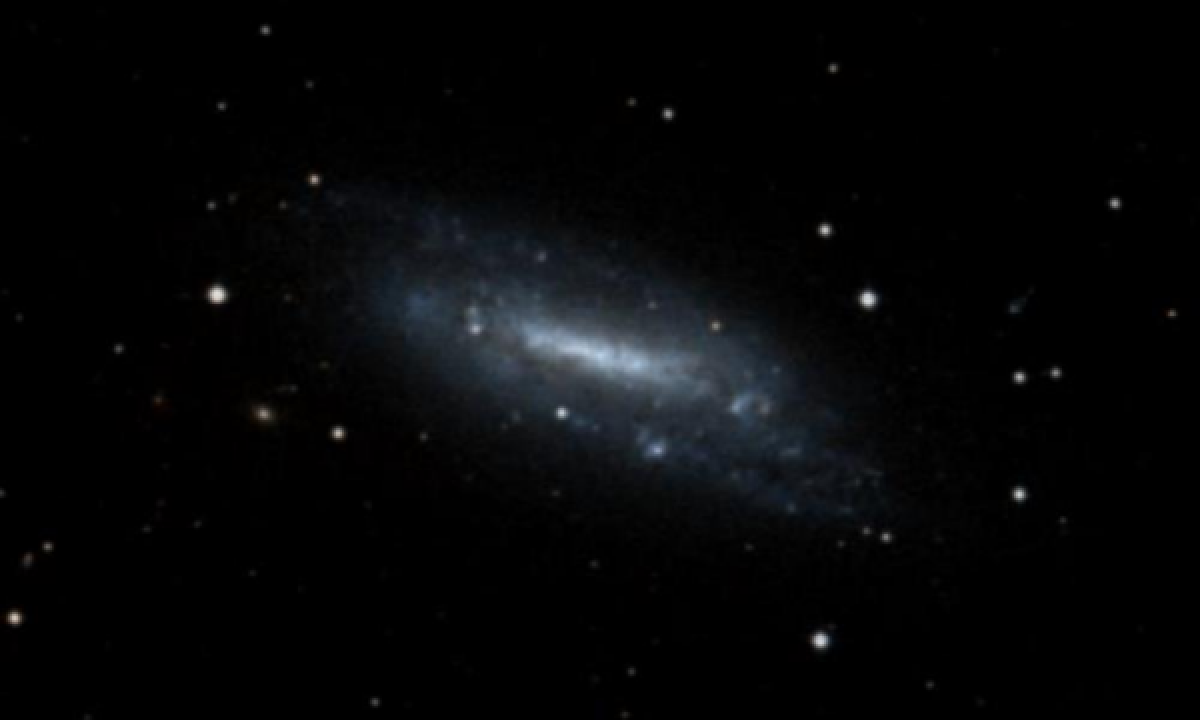The New General Catalogue of Nebulae and Clusters of Stars (abbreviated as NGC) is a catalogue of deep-sky objects compiled by John Louis Emil Dreyer in 1888. The NGC contains 7,840 objects, known as the NGC objects. It is one of the largest comprehensive catalogues, as it includes all types of deep space objects, including galaxies, star clusters, emission nebulae and absorption nebulae.
Know more about NGC
NGC 672

NGC 672 is a spiral galaxy in the northern constellation of Triangulum, positioned around 2° to the southwest of the star Alpha Trianguli. The original object designated NGC 672 was discovered by the German-born astronomer William Herschel on 26 October 1786, but this was later cataloged as NGC 614. The object now identified as NGC 672 was discovered by John Herschel on 11 November 1827. This galaxy is located at a distance of approximately 23.4 megalight-years from the Milky Way, where it forms an interacting pair with the irregular galaxy IC 1727. In the neutral hydrogen radio band, a tidal bridge is observed between the galaxies. NGC 672 appears to be the more massive of the two, and hence IC 1727 shows more distortion from the interaction. Together they form members of a combined group of galaxies that includes NGC 784. The morphological classification of NGC 672 is SB(s)cd, which indicates this is a barred spiral galaxy (SB), with no ring structure around the central bar (s), and moderately to loosely-wound spiral arms. In the visual spectrum, the galaxy appears symmetrical with clearly defined spiral arms. It is gas-rich with an estimated mass of 38 billion times the mass of the Sun and a star formation rate of 0.3 M☉ yr−1.
More Images:

Sources:
Wikipedia Page: NGC 672
NGC 672 at In-The-Sky website
